Magazine
Is Hair Dye Safe for Your Skin?

It’s no secret that men and women alike dye their hair when that first white hair makes its appearance. Truth is, men would likely face this issue way earlier than women. And though it takes time to accept the fact that those white strands are here to stay, men tend to rock the salt and pepper look way more than women do.
But if you’re still struggling with the signs of aging (especially if you’re one of those people who have gone gray in their twenties) you might choose to dye your hair. You might even be someone, like many others, who regard dying their hair as part of their grooming routine, along with exercising, moisturizing and choosing to follow a healthier diet. However, if health is what we’re looking for, perhaps you should know what hair dye might do to your skin. This is not to say that you should give up on dying your hair. By all means, every person should do what makes them look and feel better – but it’s important to make smart choices.
And if you have decided to go ahead and dye your hair, we also have some tips for post-hair-dying issues; hair dye stain removal, avoiding irritation and how to replenish your skin. So, let us d(ye)ive in!

We have some tips for post-hair-dying issues
Is Hair Dye Really Safe?
Well, the real answer is both yes and no. Assuming that you’re using a proper hair dye by a known brand, one that has all the appropriate approvals – your skin would most likely be safe. However, according to the National Cancer Institute, hair dyes have more than 5,000 chemicals that may pose a severe risk. This issue becomes even more relevant considering that more than 10% of men dye their hair regularly.
While the researches have been inconclusive for quite some time, there now seems to be a clearer picture about this matter. It seems that though hair dye may not cause you cancer, if you had a pre-genetic tendency, the chemicals in the hair dye might induce different types of cancer. Also, the frequency and other factors (such as the type of dye, whether you use bleach, and so on) can immensely affect this concern. The solution, of course, like most things, is to tread with care, choose high-quality products, and always be attentive to your body and skin.

Always be attentive to your skin
It’s Gone Red!
So, you’ve followed our advice and chosen a high-quality hair dye, you’ve made sure it matches your hair color and did your research. But now your scalp and forehead are red and itchy. First thing’s first, don’t worry – you’re in good company. Many people are sensitive to the chemical ingredients in hair dye, and some even have a slight allergic reaction to it. So what should you do to soothe your skin?
The first and safest step would be to hop into the shower and wash any hair dye residue that might be irritating your skin. You should use warm water, a chemical-free shampoo and do not rub your scalp as you rinse and wash. If you try to scrub the dye off you might only make things worse and intensify the allergic reaction. For your facial skin, use a mild face wash, one that would soothe your skin and prevent further irritation. Again, do not scrub the affected skin.

Is your scalp red and itchy?
Spotting the Problem
This next issue concerns anyone who dyes their hair – be they allergic, men or women; stains and spots! It might be a little tricky, because on the one hand you don’t want to walk around with those stains, but on the other, if you try too hard you might end up irritating and even bruising your skin. So, here are some helpful tips if you choose to DIY your hair-dye:
- This is a little pro-tip. Apply vaseline or baby oil on your ears, forehead and neck before you start. This would be very useful later on, when you’re trying to remove those stains.
- This goes without saying, but try to cover as much skin as possible. Cover your ears with saran wrap and make sure to wear gloves.
- Remove the spots with rubbing alcohol. Using a small cotton ball, gently try to absorb the stains. Some people even say that olive oil can do the trick.
- Use soap. Yes, facial washes and soaps can also be very useful, especially if you combine them with warm water and rinse several times.
- Make sure you treat your skin properly after this. All this rubbing and different ingredients can do anything from drying to irritating your skin. Apply a moisturizer after the process to nourish and hydrate your facial skin.
Growing Younger
Who doesn’t want to look younger? But looking and feeling younger should go hand in hand with healthy choices. Just as you would choose your face cream by its ingredients, and your diet according to the vitamins your body requires, so should you carefully select your hair dye.
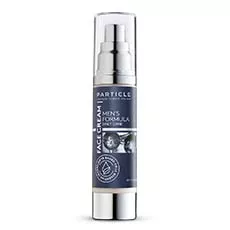

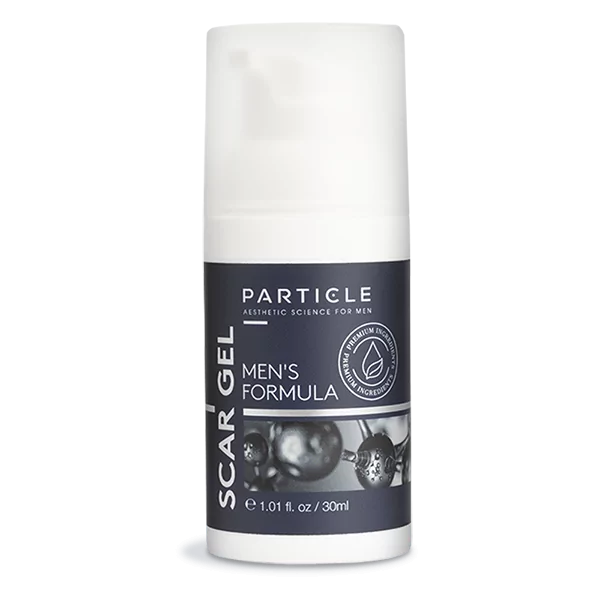
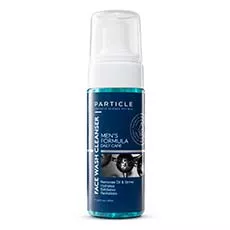




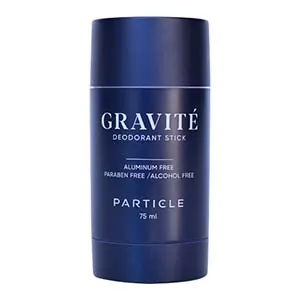





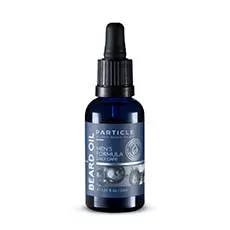

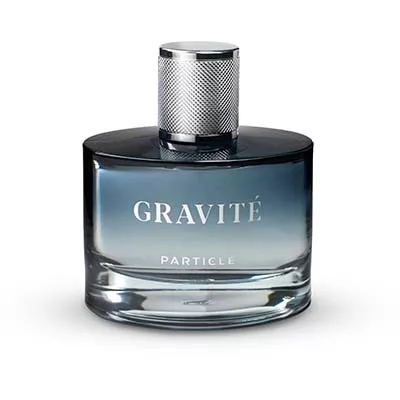

 en
en














